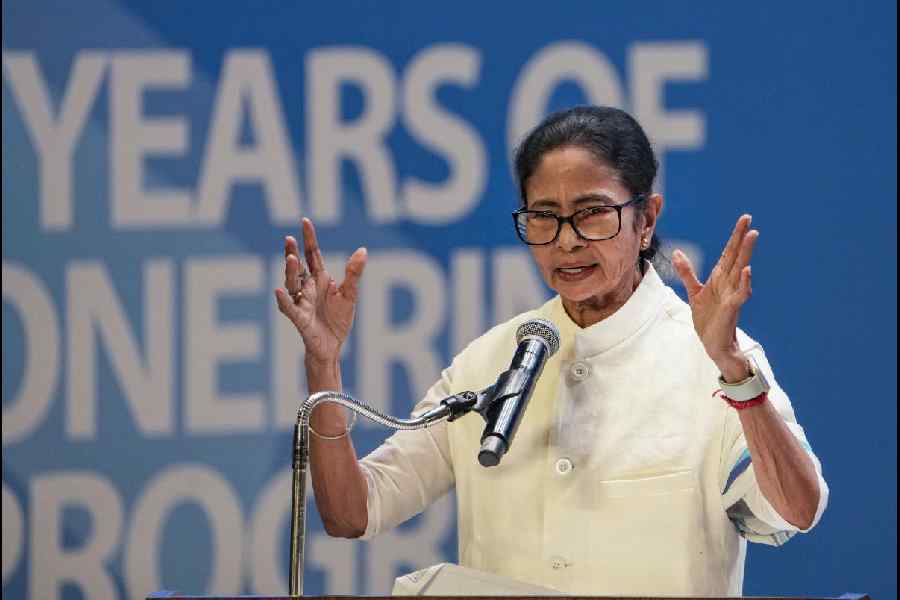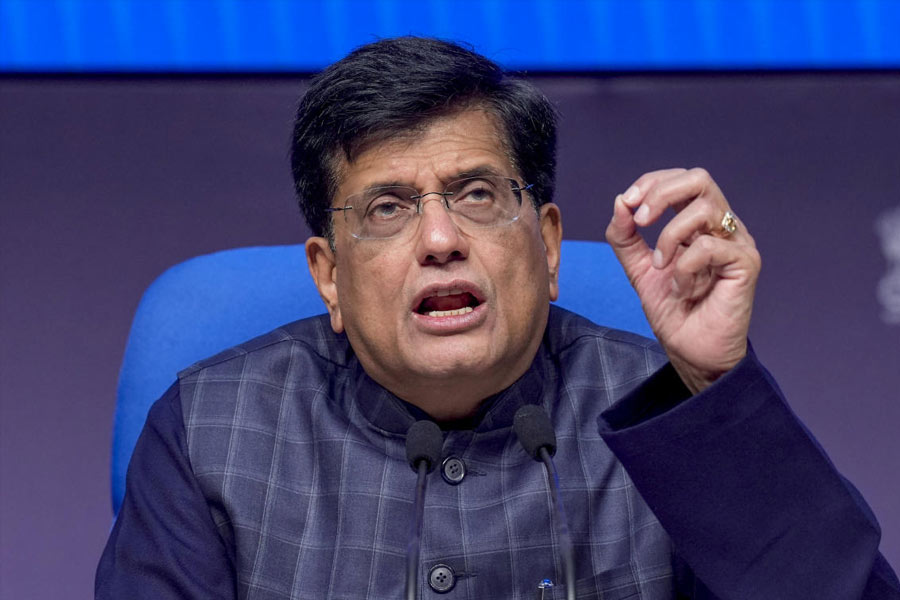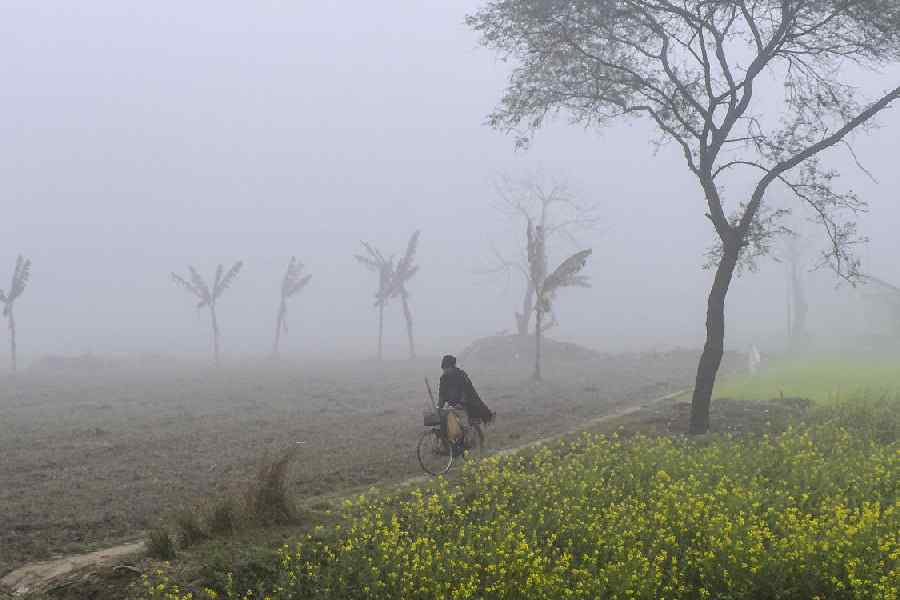 |
| NAWABI BAIGAN KA BHURTA |
Every time I went to Nainital, I passed a quaint little town that was known for its flick knives and colourful Parliamentary elections. This was Rampur, a former princely state on the foothills of the Himalayas, less than 30km from the brass hub of Moradabad. I always felt a bit sorry leaving Rampur behind, not for its famous chaakus or even actress Jaya Prada, who represented the constituency in Lok Sabha. I felt nostalgic about the food, a confluence of various streams of cuisine.
What’s particularly interesting about Rampuri food is that it tends to stay in its little town. Other forms of nawabi Muslim food are available almost everywhere — from dusty little roadside stalls to high-end restaurants in luxury hotels. But there are not too many restaurants in the country where you get authentic Rampuri food.
 |
| TEHRI PILIBHIT KI |
I remember a restaurant called Rampur Kitchen that opened in Delhi’s Khan Market several years ago. But even before you could say nadru — a lotus stem dish from Rampur that I ate with great relish the other evening — it had downed it shutters.
The nadru dish was part of a menu that The Claridges in Delhi had planned and executed. The food had been prepared by chef Rehman, who is based in Lucknow but had put together an able team of bawarchis, many of whom were from Rampur. They tell me that most recipes have gone down from one generation to another by word of mouth, and that’s one major reason why it still flourishes despite the fact that there is not much documentation of the cuisine.
The food of the region has been influenced by the cuisines of Awadh, Hyderabad and even Kashmir. What I like about it is that while it’s rich, like most nawabi food, the spices and nuts don’t really overwhelm a dish. Take the taar korma — mutton cooked in lamb stock — which was flavourful yet not heavily rich. I found the name intriguing, and was told that the stock was thickened with spices and the cooks knew it was done when they touched the gravy with the back of a spoon, and it rose like a string.
The nawabi baigan ka bhurta was again an excellent mix of traditions. The mashed eggplant had been cooked in a way you seldom get to see in Delhi. It had a surprise touch of yoghurt in it, along with a pinch of sandalwood powder. The eggplant was roasted, and then cooked in mustard oil (which reminded me of the Bengali begoon pora), along with yoghurt, green chillies, coriander leaves and onions.
 |
| GOBHI MUSALLAM |
The tehri of Pilibhit was different from the tehri — rice with vegetables — that I used to have a child. This was less spicy, and had a nice crunchy taste of vegetables. The gobhi musallam, on the other hand, was rich and creamy.
It’s the slow style of cooking, I feel, that gives Rampuri food its elegant taste. The eggplant, for instance, had been roasted over a slow flame, and the taar korma had been cooked on dum or steam.
But what really caught my attention were the two desserts I ended my meal with — mirch ka halwa and gosht ka halwa, halwas cooked with chillies and mutton. The chefs had prepared the chilli halwa with capsicum, mixing it with dried milk and sugar. The gosht halwa reminded me a bit of muthanjan, a sweet dish that you get in the north (but rarely so) which is prepared with rice, meat and sugar. In this case, the lamb had been cooked on low fire in ghee along with channey ki dal and sugar. You got the flavour of meat, but the dal complemented it, turning it into quite an interesting sweet dish.
Rampuri food may still be a bit of the unknown for us but I think the time has come to unravel its secrets. Let the world know that there is more to this western Uttar Pradesh town than just a blade.
Taar korma (serves 6-8)
 |
Ingredients:
• 1kg mutton cut into pieces • 1 cup ghee • 8 cardamom pods • 5 cloves • 1tsp broken cinnamon • 2 bay leaves • 1tbs ginger-garlic paste • 1/2 cup tomato puree • 1/2 cup whisked yoghurt •1/2 cup fried onion paste • 2tbs almond paste • 1tbs sunflower seed paste • 1tbs cashew nut paste • 1tsp chilli powder • 3 cups lamb stock • 1tsp black pepper powder • 1tsp saffron (crushed and soaked in 1tbs warm milk) • 1/4 tsp powdered cardamom seeds • 1/4tsp powdered cinnamon • 1/4tsp powdered cloves • 1/8tsp powdered nutmeg • a pinch of mace powder • salt to taste
Method:
Heat the ghee in a pan; crackle the whole spices. Sauté ginger-garlic paste till almost dry. Add lamb, red chilli powder, onion paste, yoghurt, tomato puree, salt, pepper and stock. Cook till the meat is tender. Remove the lamb and strain the gravy into another pot. Blend dry fruit pastes and sunflower seed paste with a little water. Add this to the gravy. Cook for 2-3 minutes. Pour gravy over the lamb. Mix in saffron, mace, nutmeg, cinnamon, clove and cardamom powders. Cover, seal with dough and cook on dum for 25 minutes. Serve hot.










